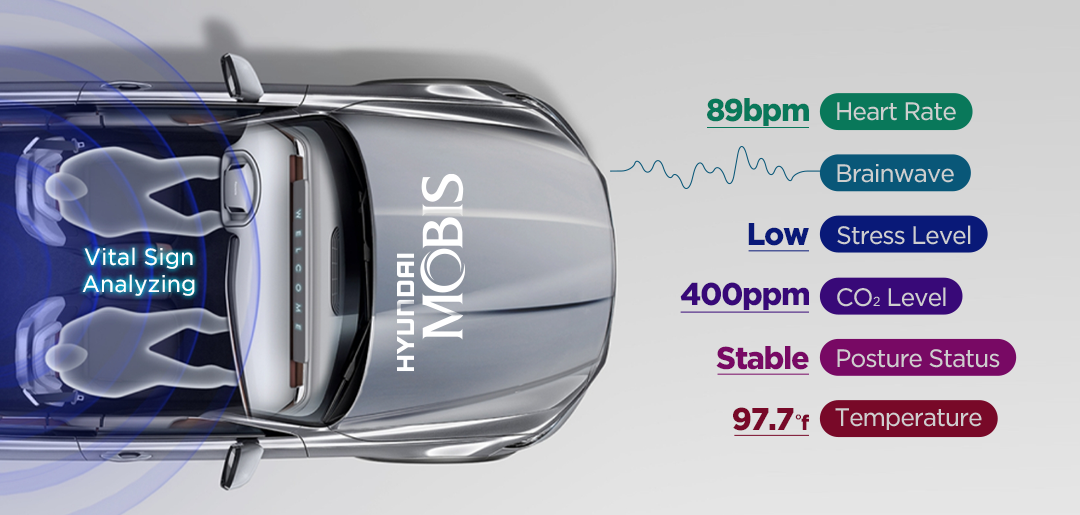equanimous
Norse clairvoyant shapeshifter goddess
interesting close in the US last night


 www.automotiveinteriorsworld.com
www.automotiveinteriorsworld.com
My Calculation the last buy order was around 1.2 mil @3.32 pm.Someone must have brought 10 shares to put the price up that much, probably lost on the fees
Thanks for the tip I'll check it out!Congratulations to whoever is put the Akida Ballista Youtube Channel together. First, I let all the ads run every time. You have earned it. What a great resource.
It would be awesome if Akida Ballista could publish video interviews with Members of 1000 eyes. Would it be great to take advantage of the huge asset base and do some videos on what investors like FF, Rocket, Rise, Cosors, and our German friends have to say about why they are investing in Brainchip. The more we can promote Brainchip the better. Just brainstorming.
I would love to see some of the 1000 eyes on video. Maybe I am off track. No one like my idea of washing PVDM and Anil's car at the AGM either!
View attachment 11397
Yes, but has our ip been implemented?If our IP has been offered since May 2019, that would mean that architects and chip producers have had 3 years to implement it.
https://brainchip.com/brainchip-ann...ed-ai-intellectual-property-brainchip-280519/
In the case of the EQS, this can be ruled out because of the software-based technology. I'm not familiar with it, but I would guess that working with our IP doesn't cost anything and costs first, but only to manufacturing itself (?!?). Since there was no income in the last C, only the last months remain. But theoretically, from now on and with three years of development, a chip developed by a customer could appear at any time. Are my assumptions naive?
Congratulations to whoever is put the Akida Ballista Youtube Channel together. First, I let all the ads run every time. You have earned it. What a great resource.
It would be awesome if Akida Ballista could publish video interviews with Members of 1000 eyes. Would it be great to take advantage of the huge asset base and do some videos on what investors like FF, Rocket, Rise, Cosors, and our German friends have to say about why they are investing in Brainchip. The more we can promote Brainchip the better. Just brainstorming.
I would love to see some of the 1000 eyes on video. Maybe I am off track. No one like my idea of washing PVDM and Anil's car at the AGM either!
View attachment 11397
Could be @RobjHunt ?? I look forward to viewing later..... Awesome effort thanksThanks for the tip I'll check it out! Maybe that's an indication of who set up the channel:
View attachment 11398
If people want to remain anonymous during the video, they can choose a mask that suits them?Congratulations to whoever is put the Akida Ballista Youtube Channel together. First, I let all the ads run every time. You have earned it. What a great resource.
It would be awesome if Akida Ballista could publish video interviews with Members of 1000 eyes. Would it be great to take advantage of the huge asset base and do some videos on what investors like FF, Rocket, Rise, Cosors, and our German friends have to say about why they are investing in Brainchip. The more we can promote Brainchip the better. Just brainstorming.
I would love to see some of the 1000 eyes on video. Maybe I am off track. No one like my idea of washing PVDM and Anil's car at the AGM either!
View attachment 11397
The move to stop producing the Akida1000 chip
why go to all that expense when chip makers can incorporate the ip into their chips?
I am still only a small fish, a technical engineer and new to the subject. But I'm working on expanding my position continuously, I don't want to stay small all the timeCongratulations to whoever is put the Akida Ballista Youtube Channel together. First, I let all the ads run every time. You have earned it. What a great resource.
It would be awesome if Akida Ballista could publish video interviews with Members of 1000 eyes. Would it be great to take advantage of the huge asset base and do some videos on what investors like FF, Rocket, Rise, Cosors, and our German friends have to say about why they are investing in Brainchip. The more we can promote Brainchip the better. Just brainstorming.
I would love to see some of the 1000 eyes on video. Maybe I am off track. No one like my idea of washing PVDM and Anil's car at the AGM either!
View attachment 11397
Sorry that is 30,000 in there stock,eq1.2 mill in our stock, 40 to 1 exchangeOver in the American market? If so that’s probably the most ever.
Morning Chippers,Over in the American market? If so that’s probably the most ever.

 www.tiliter.com
www.tiliter.com
I follow Jesse on Linkedin.@chapman89 ur a legend
I follow Jesse on Linkedin.
Always on the ball. Asking the deep questions and quite often getting responses.
Excellent work.
